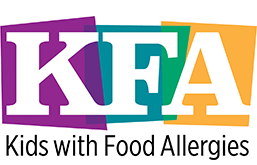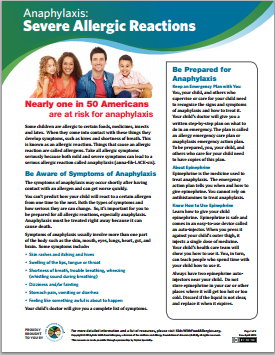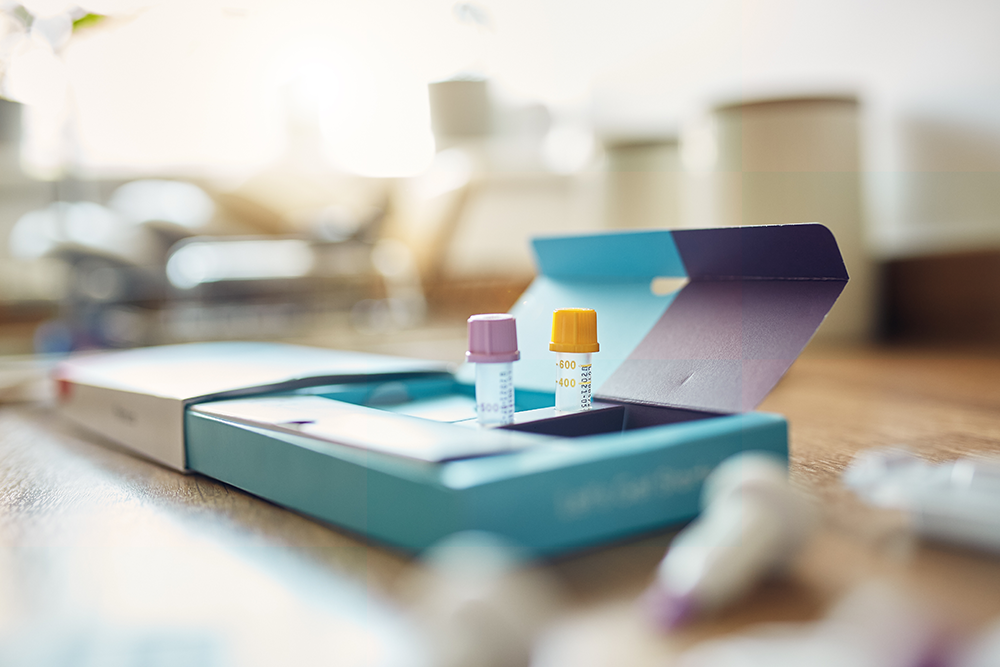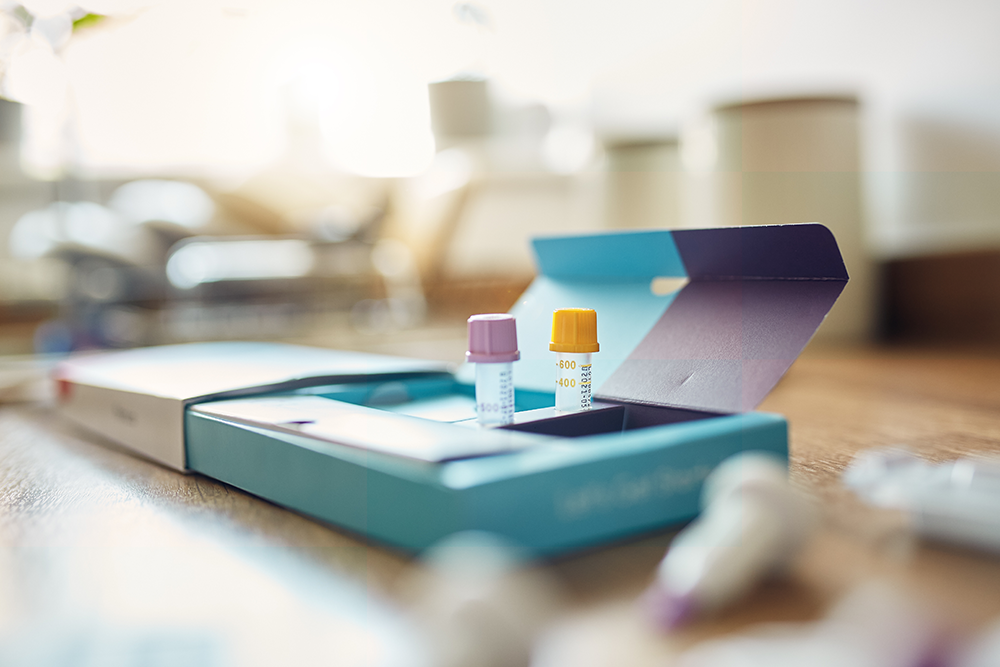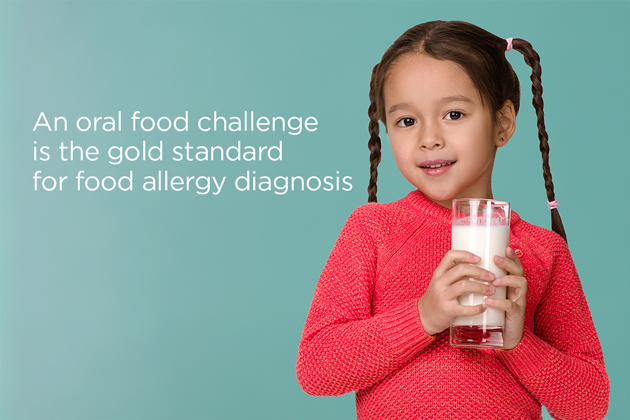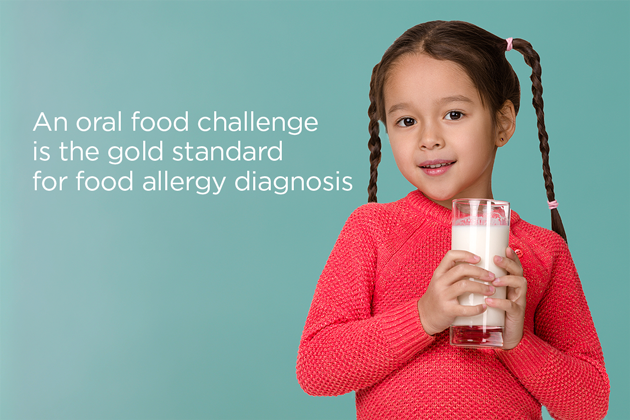What is Anaphylaxis?

What Is Anaphylaxis?
Nearly one in 50 Americans are at risk for anaphylaxis
Some children are allergic to certain foods, medicines, insects and latex. When they come into contact with these things they develop symptoms, such as hives and shortness of breath. This is known as an allergic reaction. Things that cause an allergic reaction are called allergens. Take all allergic symptoms seriously because both mild and severe symptoms can lead to a serious allergic reaction called anaphylaxis (anna-fih-LACK-sis).

Be Aware of Symptoms of Anaphylaxis
The symptoms of anaphylaxis may occur shortly after having contact with an allergen and can get worse quickly. You can’t predict how your child will react to a certain allergen from one time to the next. Both the types of symptoms and how serious they are can change. So, it’s important for you to be prepared for all allergic reactions, especially anaphylaxis. Anaphylaxis must be treated right away to provide the best chance for improvement and prevent serious, potentially life-threatening complications.
Closed
Symptoms of Anaphylaxis
Symptoms of anaphylaxis usually involve more than one part of the body such as the skin, mouth, eyes, lungs, heart, gut, and brain. Some symptoms include:
- Skin rashes and itching and hives
- Swelling of the lips, tongue or throat
- Shortness of breath, trouble breathing, wheezing (whistling sound during breathing)
- Dizziness and/or fainting
- Stomach pain, vomiting or diarrhea
- Feeling like something awful is about to happen
Your child’s doctor will give you a complete list of symptoms.
Be Prepared for Anaphylaxis
Keep an Emergency Plan with You
You, your child, and others who supervise or care for your child need to recognize the signs and symptoms of anaphylaxis and how to treat it. Your child’s doctor will give you a written step-by-step plan on what to do in an emergency. The plan is called an allergy emergency care plan or anaphylaxis emergency action plan. To be prepared, you, your child, and others who care for your child need to have copies of this plan.
About Epinephrine
Epinephrine is the only medicine that will stop anaphylaxis. The emergency action plan tells you when and how to give epinephrine. You cannot rely on antihistamines to treat anaphylaxis.
Know How to Use Epinephrine
Learn how to give your child epinephrine. Epinephrine is safe and comes in an easy-to-use device called an auto-injector. When you press it against your child’s outer thigh, it injects a single dose of medicine. Your child’s health care team will show you how to use it. You, in turn, can teach people who spend time with your child how to use it.
Always have two epinephrine auto-injectors near your child. Do not store epinephrine in your car or other places where it will get too hot or too cold. Discard if the liquid is not clear, and replace it when it expires.
Common Causes of Anaphylaxis
Foods. The most common food allergies are eggs, milk, peanuts, tree nuts, soy, wheat, fish and shellfish. The most common food allergies in infants and children are eggs, milk, peanuts, tree nuts, soy and wheat.
Insect stings from bees, wasps, yellow jackets and fire ants.
Latex found in things such as balloons, rubber bands, hospital gloves.
Medicines, especially penicillin, sulfa drugs, insulin and nonsteroidal anti-inflammatory drugs (NSAIDs) such as aspirin and ibuprofen.
Know How to Treat Anaphylaxis
- Follow the steps in your child’s emergency care plan to give your child epinephrine right away. This can save your child’s life.
- After giving epinephrine, always call 911 or a local ambulance service. Tell them that your child is having a serious allergic reaction and may need more epinephrine.
- Your child needs to be taken to a hospital by ambulance. Medical staff will watch your child closely for further reactions and treat him or her if needed.
After Anaphylaxis
- Sometimes, a reaction is followed by a second, more severe, reaction known as a biphasic reaction. This second reaction can occur within 4 to 8 hours of the first reaction or even later. That’s why people should be watched in the emergency room for several hours after anaphylaxis.
- Make a follow up appointment or an appointment with an allergy specialist to further diagnose and treat the allergy.
Take Steps to Avoid Anaphylaxis
The best way to avoid anaphylaxis is for your child to stay away from allergens. Teach your child about his or her allergy in an age-appropriate way. Teach your child to tell an adult about a reaction, how to avoid allergens and how and when to use an epinephrine auto-injector. Here are some first steps you can take for each type of allergy:
Food. Learn how to read food labels and avoid cross-contact. Read the label every time you buy a product, even if you’ve used it before. Ingredients in any given product may change.
Insect allergies. Wear closed-toe shoes and insect repellent when outdoors. Avoid loose-fitting clothing that can trap an insect between the clothing and the skin.
Medicine allergies. Tell your doctor about medicines your child is allergic to. Know both the generic and brand names of the medicines.
Latex allergies. Tell your doctors, dentists and other health care providers about your child’s latex allergy. Ask them to put a note in your child’s medical chart about your child’s allergy. Also remind them of the allergy before any medical procedure or test.
For all allergies: Educate family, friends, the school and others who will be with your child about your child’s allergies. They can help your child avoid allergens and assist if anaphylaxis occurs.
Anaphylaxis Action Plans
Below are links to downloadable plans and cards for allergic emergencies (anaphylaxis):
- Anaphylaxis Card from Asthma and Allergy Foundation of America – Anaphylaxis Emergency Action Plan
- Anaphylaxis Emergency Action Plan from the American Academy of Allergy, Asthma and Immunology

- Allergy and Anaphylaxis Emergency Plan from the American Academy of Pediatrics




- Food Allergy and Anaphylaxis Emergency Care Plan from the Food Allergy Research and Education
- Sample Anaphylaxis Emergency Action Plan from the National Institutes of Health: National Institute of Allergy and Infectious Diseases (see page 29)




Food Allergy Fact
Symptoms of anaphylaxis (a severe allergic reaction) usually involve more than one part of the body.
Medical review: June 2014
